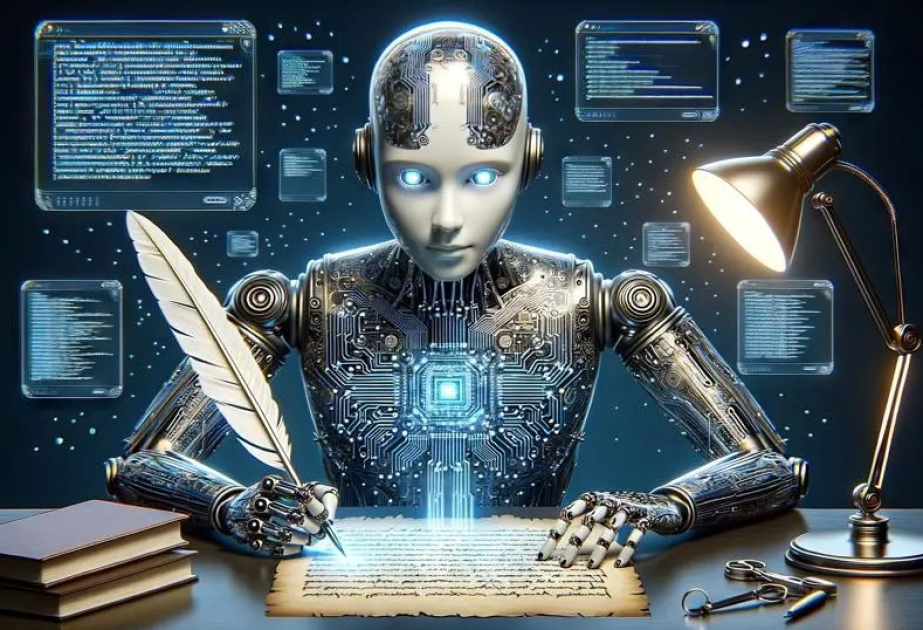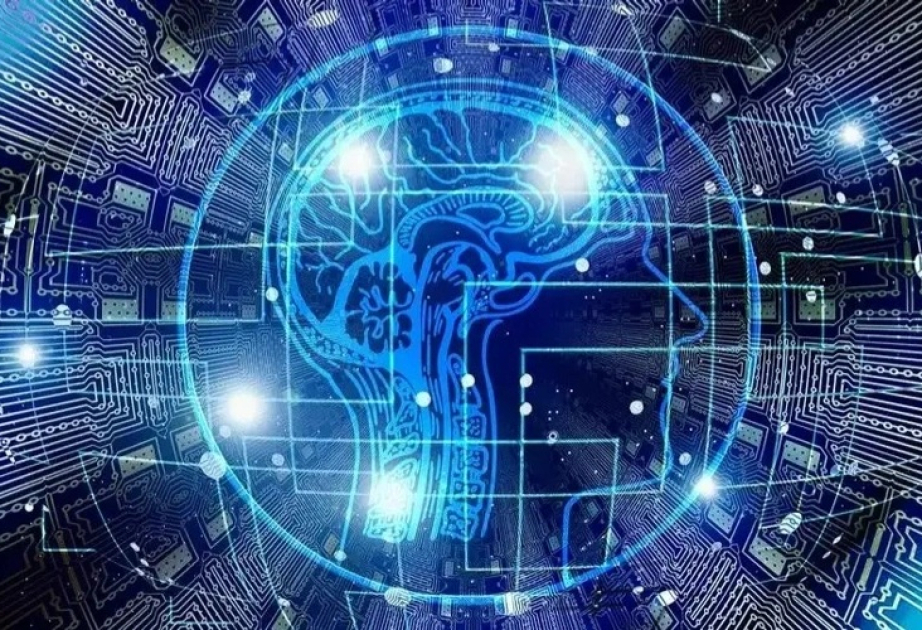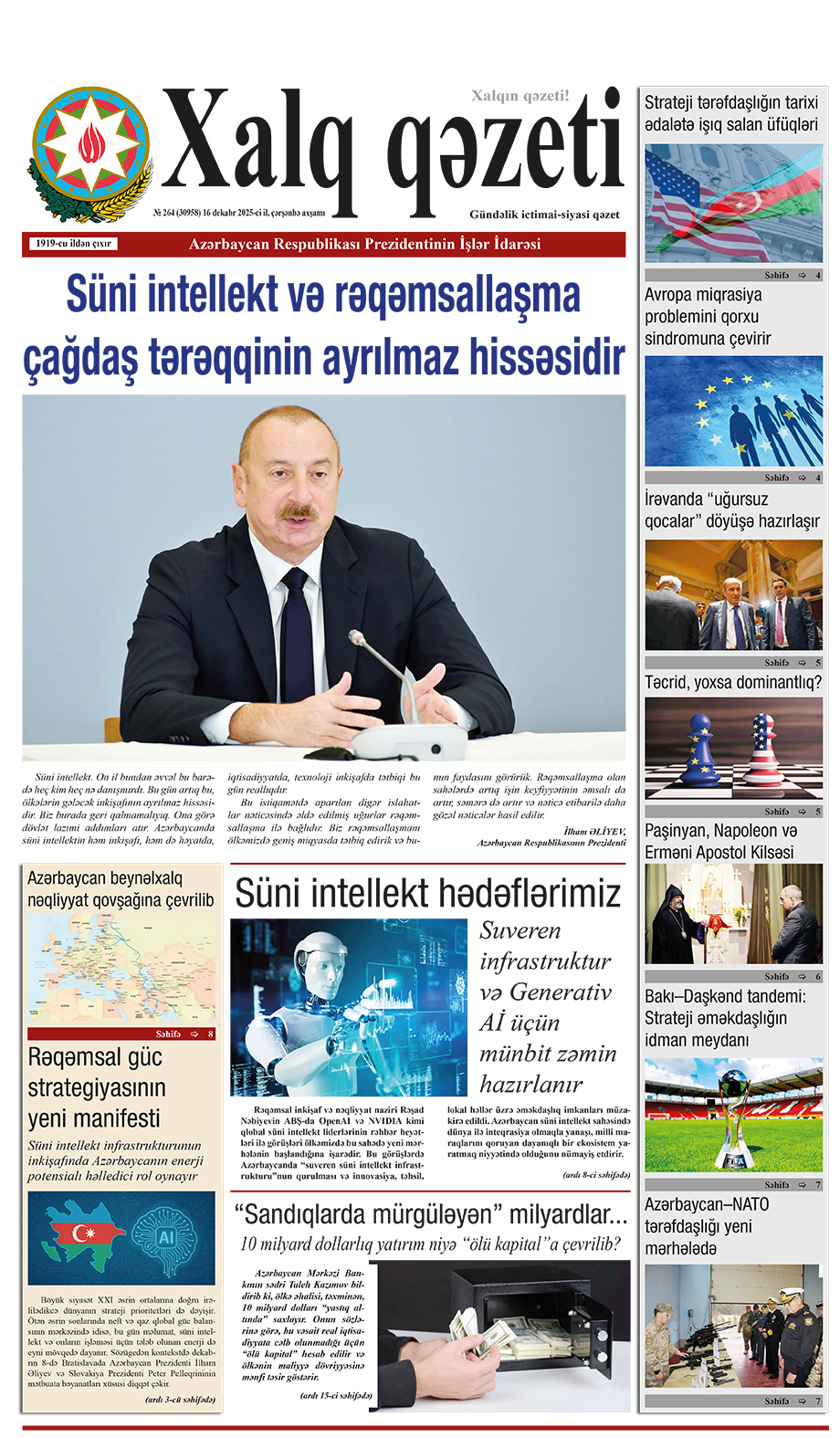According to the American think tank Brookings, approximately 30% of all jobs are at risk of automation, Kazinform News Agency correspondent reports, citing Brookings.
Most of the industries facing the greatest impact from generative AI today are those that were at the lowest risk of automation just a few years ago. Generative AI excels at imitating the kinds of non-routine skills and interactive traits that experts thought impossible for computers just a few years ago, including programming, prediction, writing, creativity, projecting empathy, communication and persuasion, and analysis.
These changes bring both opportunities and risks. On the one hand, generative AI can develop the skills of millions of professionals, making them more productive, creative, informative, efficient, and smart. On the other hand, employers may decide to automate some or even all of their managers’ work, leading to potential job losses and weakened demand for previously sought-after skills.
OpenAI data indicates that generative AI could impact over 30% of U.S. jobs, disrupting half of the tasks in these roles, with 85% of workers seeing at least 10% of their tasks affected.
Potential widespread effects
Unlike previous automation technologies that primarily affected routine, blue collar work, generative AI is likely to disrupt a different array of “cognitive” and “nonroutine” tasks, especially in middle- to higher-paid professions.
Generally, roles involving complex analysis or repetitive tasks are at higher risk for AI-driven changes. Higher-paying sectors like STEM, finance, and law face the most exposure, along with office and administrative support occupations.
Education and healthcare may see moderate effects. Elementary school teachers and registered nurses could save significant time on about one-third of their tasks with AI support. Teachers might see reduced time in grading, test administration, and record-keeping, while nurses could save time in diagnostics, patient record management, and treatment adjustments. However, AI has minimal impact on hands-on tasks, such as physical exams and lab work, preserving the need for in-person administration.
Manually intensive, blue collar sectors face the least exposure, while lower-paid service sector jobs will also likely see more modest effects.
How could AI-triggered changes affect inequality
According to Brookings’ analysis of OpenAI’s GPT-4 data, female workers face a greater risk of job automation from generative AI than male workers due to their concentration in white-collar and administrative roles. Approximately 36% of women work in occupations where AI could reduce task time by 50%, compared to 25% of male workers.
As a result, generative AI could exacerbate existing gender disparities by displacing stable, middle-income jobs traditionally occupied by women.
Policy Recommendations
The report emphasizes the importance of developing strategies to proactively shape AI’s impact on work and workers.
Brookings advocates for a worker-inclusive approach to AI adoption, emphasizing that engaging workers in AI’s design and implementation could create fairer workplace transformations. Union involvement, policy development, and worker training programs are presented as essential measures for supporting equitable AI integration.
An example of proactive worker engagement is seen in the Writers Guild's recent negotiations with Hollywood studios, where clear terms on AI’s use were established to protect jobs and intellectual property.

















.png)



